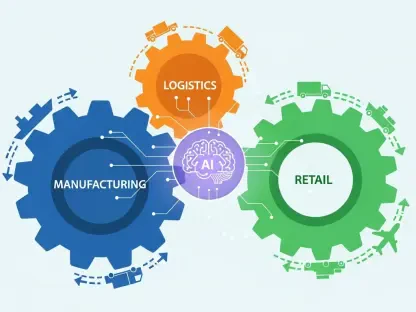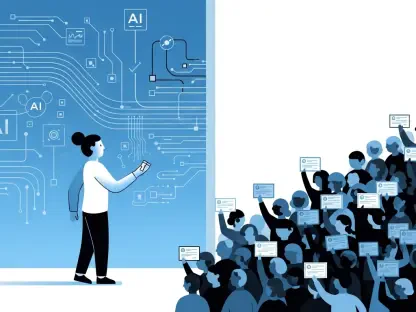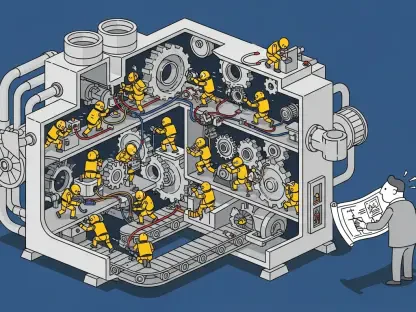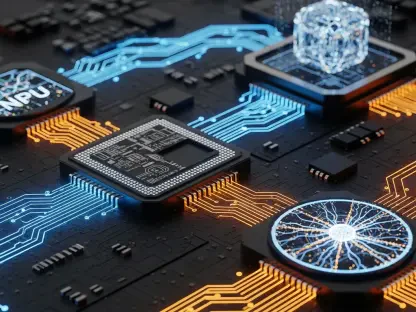Advancements in AI, particularly in large language models (LLMs), have challenged the traditional belief that creativity is exclusive to humans. These AI systems, like ChatGPT, have demonstrated capabilities in producing poetry, entrepreneurial ideas, and visual art. This raises intriguing questions about whether AI’s creative processes resemble human creativity. Surabhi S. Nath, a researcher at the Max Planck Institute for Biological Cybernetics in Tübingen, Germany, conducted a study to explore these comparisons and understand the underlying mechanisms of AI and human creativity.
Context and Significance of the Research
Creativity has been traditionally considered a trait unique to humans, playing a vital role in arts, innovation, and problem-solving. However, recent advancements in AI technologies have shown that machines can generate creative outputs, posing questions about the nature of artificial creativity. Nath’s research is crucial in this context as it seeks to decode the similarities and differences in creative strategies between humans and AI. This exploration holds broader relevance for enhancing human-AI collaboration and optimizing creative processes in various domains, impacting future developments in society.
Research Methodology, Findings, and Implications
Methodology
To delve into the creative strategies of humans and AI, Nath employed standard psychological creativity tasks assessed both on human participants and various LLMs. Among the tasks included were the Alternate Uses Task (AUT) and the Verbal Fluency Task (VFT). These tasks are instrumental in evaluating creative outputs by challenging participants to come up with alternative uses for common objects or rapidly naming animals. By analyzing responses through these structured tasks, the researchers aimed to distinguish the flexible and persistent creative strategies exhibited by humans and AI.
Findings
The study unveiled surprising parallels in how humans and LLMs approached creative tasks. Both participants and AI demonstrated flexible and persistent strategies in producing creative content. Notably, flexible LLMs often generated more creative outputs compared to their persistent counterparts. Human participants, however, showed similar levels of creativity regardless of their primary strategy. Additionally, LLMs displayed greater inconsistency across different tasks, hinting at variability in their internal mechanisms driving creativity.
Implications
Nath’s findings carry significant implications for practical applications. Understanding the distinct creative strategies between humans and AI can revolutionize collaborative efforts. For instance, pairing individuals with a persistent creative style with a flexible LLM could foster diverse idea generation, enhancing artistic and problem-solving endeavors. Furthermore, identifying AI’s ability to mimic human creative strategies could pave the way for educational advancements in teaching creativity, making the learning process more effective and comprehensive. These insights contribute toward optimizing co-creation processes across various professional and academic fields.
Reflection and Future Directions
Reflection
Reflecting on the study’s results brings to light the challenges faced during the research process. Controlled psychological tasks served as the basis for understanding creativity, yet these tasks don’t fully represent the complexity of real-world creative endeavors. Overcoming such limitations involved meticulous analysis and cross-verification of responses to ensure accurate comparisons. Areas for expansion include examining creativity in broader, more naturalistic contexts to better understand the dynamics of human-AI interaction in creative engagements.
Future Directions
Future research should focus on exploring creative processes within more diverse environments such as games, which provide rich yet controllable scenarios for analysis. Investigating AI’s creativity in these settings can yield deeper insights into the collaboration potential between humans and machines. Additionally, unanswered questions regarding the adaptability of AI in fluid creative domains open opportunities for further exploration, aiming to refine our understanding of artificial creativity and its applications.
Conclusion
Nath’s study highlights significant parallels between human and AI creative processes, emphasizing how flexible strategies in AI often lead to more creative outputs. The findings suggest promising avenues for enhanced human-AI collaboration, offering a glimpse into how machines can complement and augment human creativity. These insights not only broaden our understanding of creativity in AI but also encourage innovative collaborations. As AI technologies continue to evolve, their potential in fostering creativity and collaboration will likely expand, paving the way for groundbreaking advancements in various fields.









